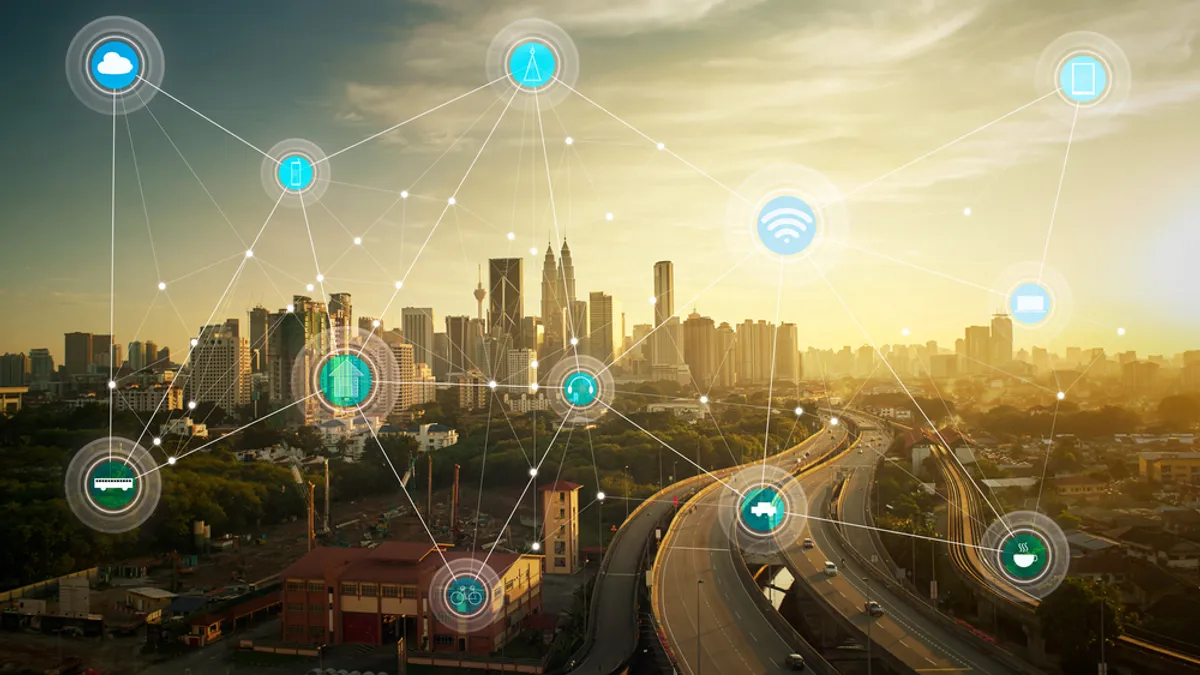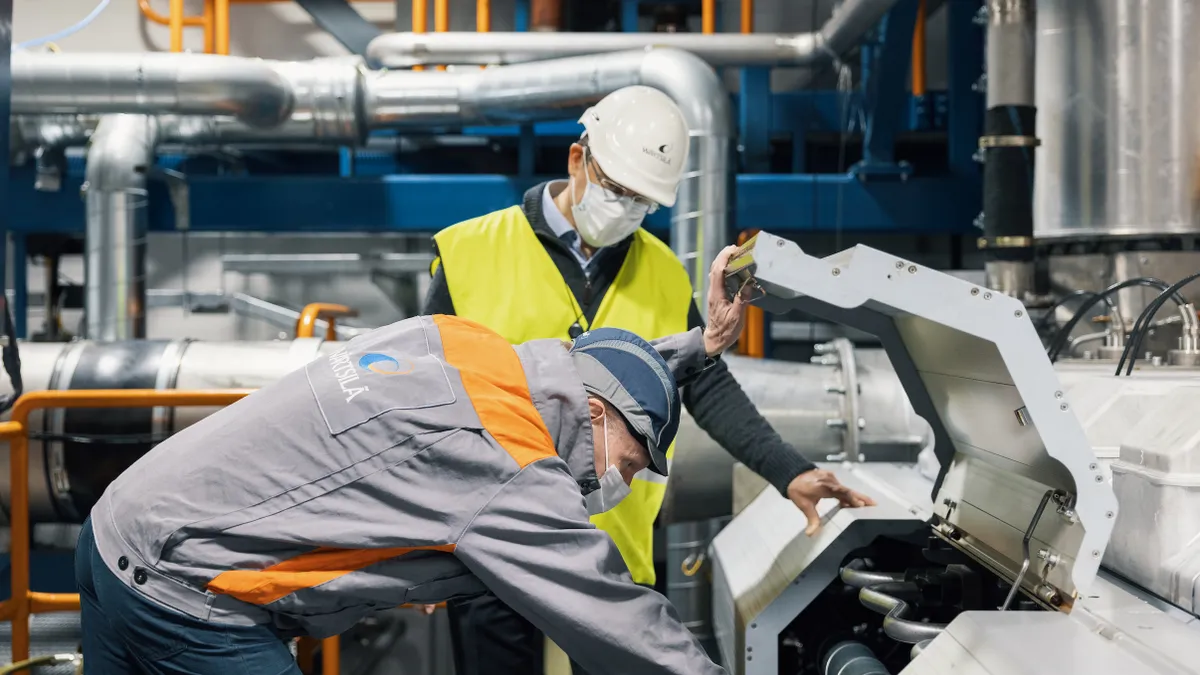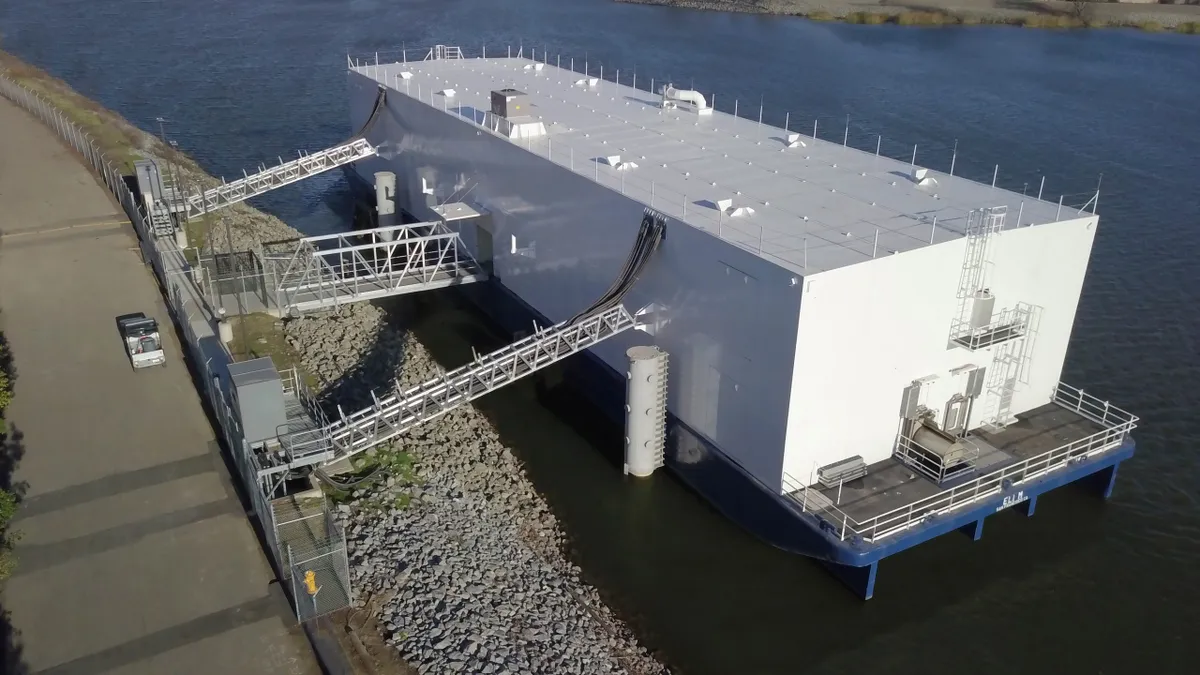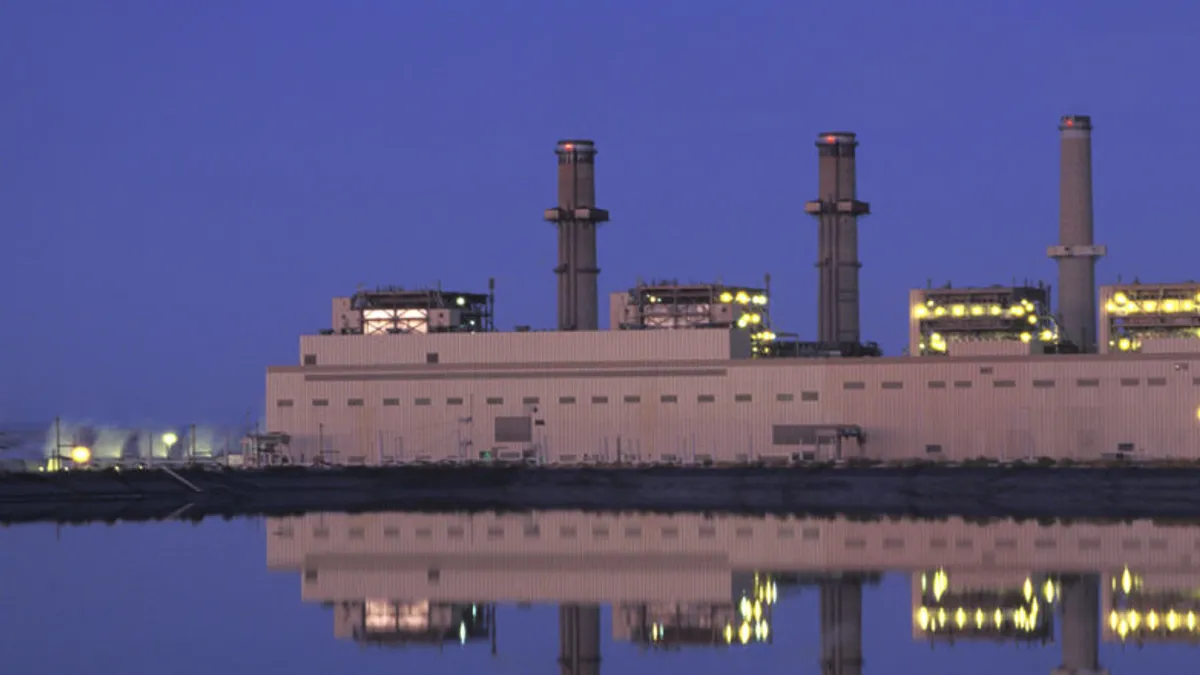In the modern age of smart homes and Wi-Fi-connected devices, it’s no secret that the Internet of Things (IoT) will have a profound impact on the way people consume energy. After all, connected technology puts the power in the consumer’s hands, so to speak. It allows users to monitor and regulate their energy consumption from their smartphones — and even adjust their thermostat or turn on their robotic vacuum from anywhere in the world.
However, these new capabilities raise a few important questions for the utility industry.
Just how common will home automation become?
New high-tech home products like smart thermostats and connected outlets advertise that they’ll save consumers on their monthly utility bills, and regardless of whether these claims are true, consumers are buying what they’re selling.
In fact, 85 percent of homeowners with smart thermostats think they’re more effective at helping them save money on their utility bills than their low-tech predecessors, according to a recent study from the Electric Power Research Institute. But given the relative newness of these devices and their burgeoning popularity, there isn’t much concrete data on whether connected home appliances truly reduce energy consumption on a mass scale, or by how much. The majority of the data on this subject has been collected within the last two years alone, making long-term impacts difficult to quantify.
What we do know is that energy-efficient appliances have mass appeal. Large, energy-efficient appliances like washers, dryers and refrigerators have been on the market longer, and they’ve proven their ability to reduce energy usage worldwide. According to the International Energy Agency (IEA), the “unit energy consumption for major appliances has fallen dramatically over the past decade in most economies.” They also note that these products have improved in performance, while prices have fallen.
These factors, combined with tax incentives and home insurance discounts, have led to a dramatic increase in the popularity of energy-efficient appliances and homes. As of 2015, 88 percent of home builders in the U.S. built ENERGY STAR-certified homes, indicating a high demand for increased energy efficiency.
Can the popularity of energy-efficient large appliances act as a case study for the future of connected smart home devices? The IEA seems to think so. They’re predicting widespread growth in the use of appliances connected to digital networks and are encouraging governments to work with the energy industry to develop long-term policy objectives to help meet the needs of both consumers and energy providers.
Does smart home tech really reduce energy consumption?
Many of the latest IoT smart home gadgets combine machine learning with smartphone controls to maximize energy efficiency. Manufacturers of these devices tout their ability to save consumers money on their utility bills — Nest thermostats, for example, claim to reduce their customers’ heating bills by $131 to $145 per year.
The amount of energy these devices save depends completely on the user. A recent Australian study found that smart home devices actually had the potential to increase energy consumption by enabling homeowners to turn their heat or air conditioning up or down before they got home from work, or turn lights and appliances on while they were on vacation to make their homes look occupied.
What’s more, many first-time smart thermostat users have reported difficulties in installing the devices as well as compatibility issues with their mobile apps, negating much of the energy-saving potential of the devices.
The industry is getting smarter
The good news for the utility industry? The same smart energy monitors that enable consumers to keep tabs on their own energy usage also help utility providers monitor their customers’ consumption. Connected meters can cut down on the costs of meter-reading, streamline billing practices with real-time data and provide customers with more accurate usage information.
The benefits of this technology don’t end there, though. The U.S. Department of Energy envisions a “Smart Grid” that modernizes the entire industry. By enabling two-way communication between connected homes and utility providers, the Smart Grid could help reduce peak demand, speed up power restoration after disturbances, and transmit electricity more efficiently with less loss of power.
Granted, it may be a long way from coming to fruition, but the Smart Grid presents a major reason for the utility industry to be optimistic about the future of smart, connected-home technology.
Jon Snyder is a product manager at Esurance, overseeing countrywide design of property insurance products. Jon has over 25 years of industry experience in product management, design and management roles, as well as claims roles at Esurance and other major industry carriers.


















